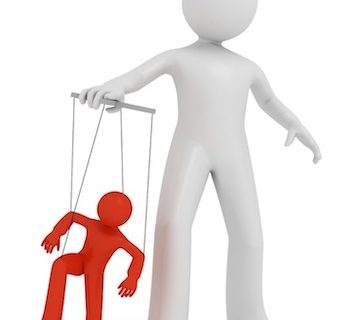
As I described in my last post, the process of directing a project in PRINCE2 is continuous throughout the project lifetime. When directing a project, the project board delegates day-to-day responsibilities to the project manager. Much of the work undertaken by the project manager throughout a project’s lifetime will be controlling the stages of the project.
In this post, you’ll learn what the project manager must do to manage each stage of a project. This includes authorising work, reviewing progress, and reporting to the project board.
The eight stage control activities of a project manager
There are eight distinct activities that form the responsibilities of the project manager during each project stage.
1. Authorise the work package
The project manager must agree the work to be undertaken with the project team. This work package will detail:
- What is to be produced
- The cost
- The time the work will take
- All tolerances (such as allowable slippage on cost and time)
- The reports that must be submitted
- Configuration management
- Who is responsible for approving the final products produced within the work package
2. Review the status of the work package
During the work package, review of the status of the work package is a constant process. To enable this process, at regular intervals during the work package, the team manager will be required to submit checkpoint reports to the project manager. These are reviewed, so that the stage plan can be updated and adjusted to stay on track.
3. Review of the completed work package
When the project team has delivered all the work package products and they have been approved, the project manager updates the stage plan to show that the work package has been completed.
4. Review of the project stage
To control overall progress, the project manager must make regular reviews of the work stage, using products such as checkpoint reports, stage plans, the Quality Register, the Issue Register, the Risk Register, and the daily logs.
5. Inform the project board
The project manager must keep the project board updated with progress. To do this, the project manager should produce a highlight report at agreed times. This report highlights the project’s achievements to date, and describes the corrective actions taken by the project manager and forecasts for the remainder of the current stage and for the project.
6. Record all risks and issues
The project manager also has responsibility for ensuring that the logs and registers used during the project are up to date. These are used to refer issues and risks to the appropriate project body, and allow decisions to be made and responses to be actioned.
The project manager must perform the risk management procedure and the issue and change control procedure.
7. Escalate issues to the project board
Where the project manager does not have the authority to handle a risk or issue (for example, it lies outside the agreed project tolerances), they must escalate to the project board. Such issues are also known as exceptions, and must be detailed in the exception report.
8. Take corrective actions
If an issue or risk isn’t expected to break tolerances, the project manager must take corrective actions. This is triggered as the project manager is reviewing the stage (number 4 above). It will initiate a new work package, which must be authorised (number 1 above).
In this way, as the project stage is reviewed, it is adapted and evolved until the stage is complete. This process enables the process of product delivery, which is the subject of my next post. In the meantime, feel free to contact us with any questions or queries you may have:

